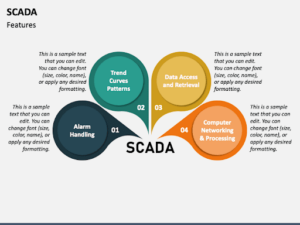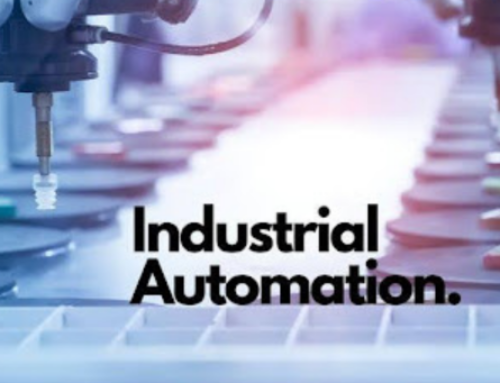Role of SCADA in Automation with rapid changes in electrical systems, monitoring and controlling these systems quickly is crucial. SCADA, or Supervisory Control and Data Acquisition, plays an irreplaceable role here. As an innovative electrical company, we proudly offer modern SCADA systems. These systems facilitate operations, improve safety, and promote sector development.
What Does SCADA Mean?
Role of SCADA in Automation is a high-tech system that uses hardware and software to monitor and control electrical systems. Without SCADA, managing expansive electrical networks would be impossible. It centralizes data collection, processing, and analysis from multiple sources.
Key Elements of SCADA
Each SCADA system includes essential components:
Remote Terminal Units (RTUs): These fixed installations gather data from sensors and other field devices.
Programmable Logic Controllers (PLCs): PLCs monitor and manage individual systems using algorithms from RTUs.
Human-Machine Interface (HMI): The HMI provides a graphical view of the electric system’s status, minimizing information overload.
Communication Network: This network, both wired and wireless, enables data transfer between RTUs, PLCs, and the SCADA center.
Central SCADA Server: The core component processes input from RTUs, allowing real-time monitoring and decision-making.
The Future of SCADA in the Electrical Industry
SCADA systems will remain vital in the evolving electrical industry. With a focus on smart grids and renewable energy, SCADA will advance smart electricity grids to be more complex and reliable.
In the coming years, expect SCADA systems to enhance capabilities such as:
Predictive Maintenance: Advanced analytics and machine learning will predict equipment failures and optimize maintenance, reducing downtime and improving reliability.
Integrated Energy Management: By incorporating other energy management systems, SCADA will optimize energy consumption and distribution.
Artificial Intelligence & Machine Learning: SCADA will increasingly use AI and machine learning for automated decision-making and intelligent control.
Edge Computing and IoT Integration: SCADA will leverage edge computing and IoT for immediate data processing, reducing latency and improving response times.
Conclusion
Role of SCADA in Automation Supervisory Control and Data Acquisition systems play a crucial role in managing critical infrastructure across industries. As technology evolves, integrating advanced analytics, IoT, and cybersecurity into SCADA systems will enhance efficiency and resilience. Real-time data monitoring empowers organizations to make informed decisions and optimize processes. Embracing innovation while prioritizing security is vital for the longevity of SCADA systems. By adapting to emerging trends, businesses can harness SCADA technology’s full potential, leading to improved performance and reliability in an ever-changing landscape.




